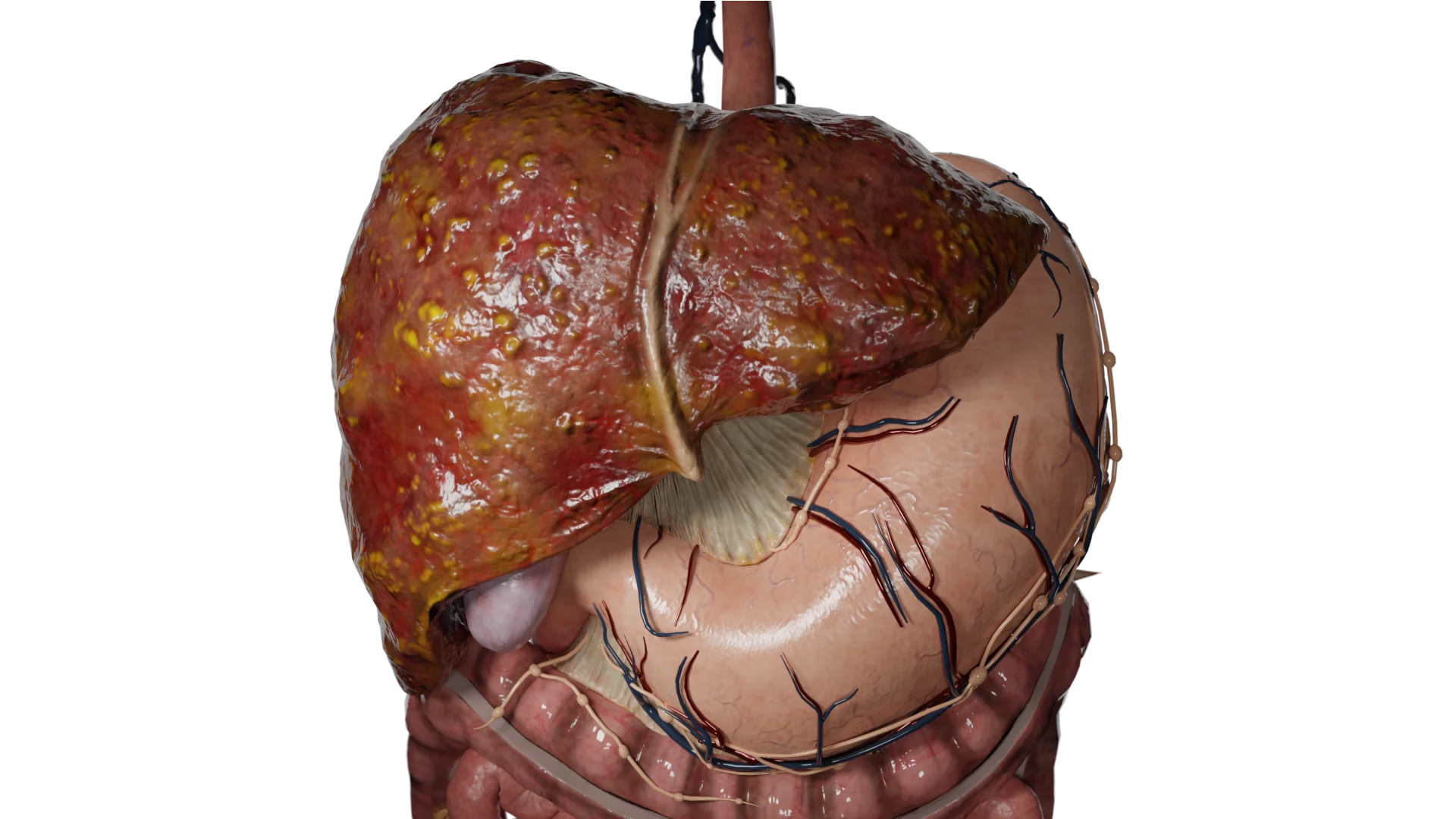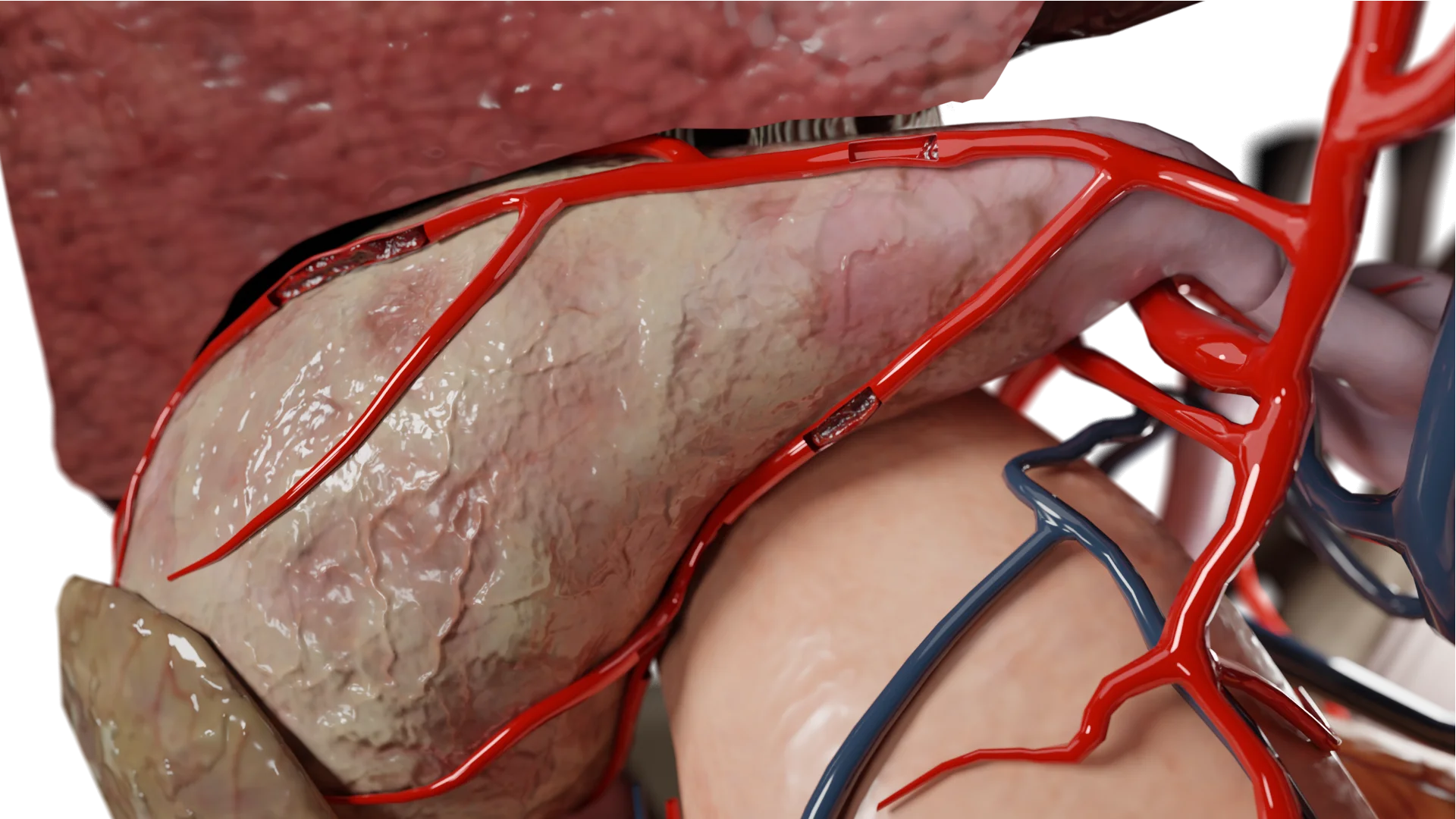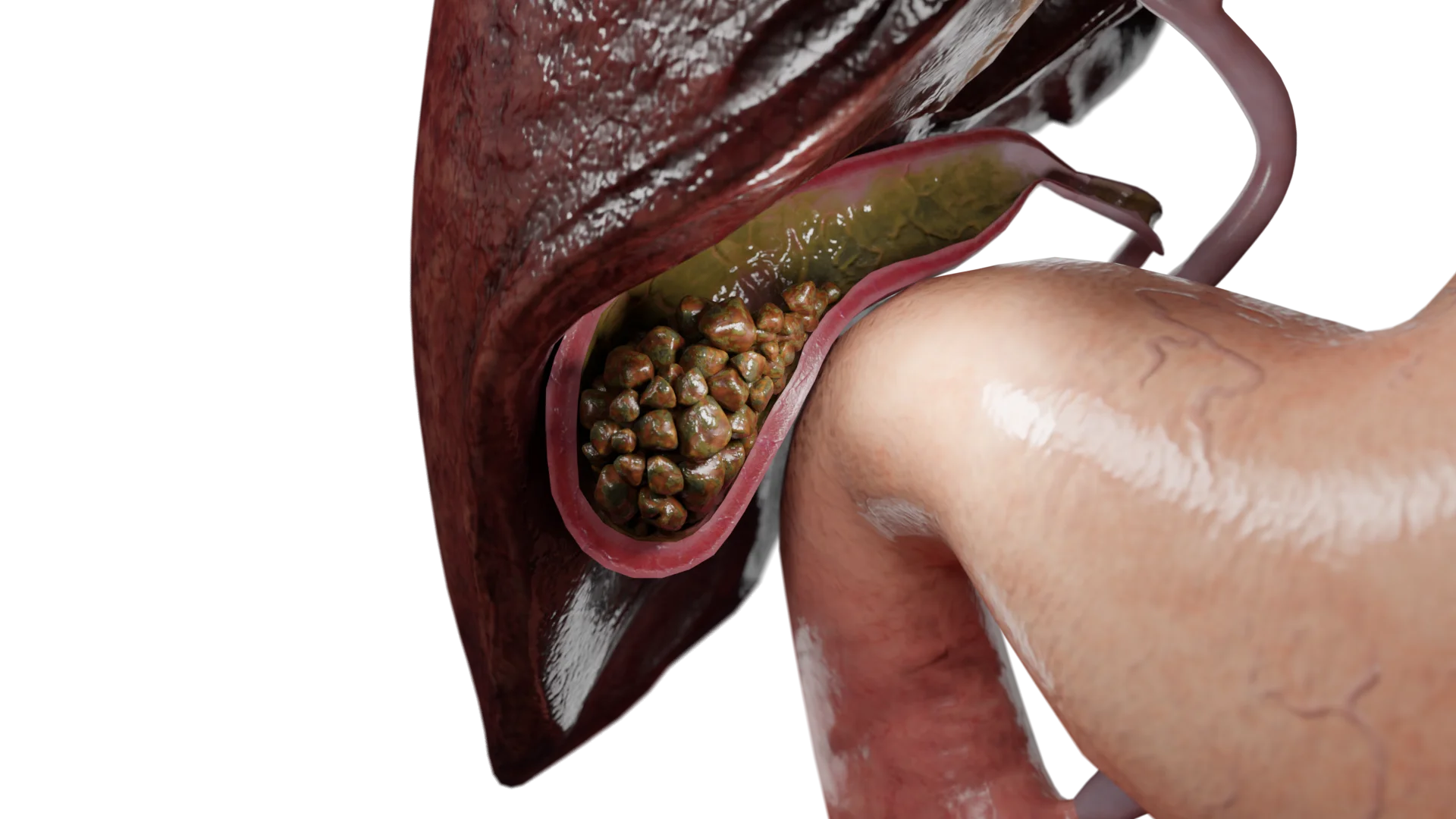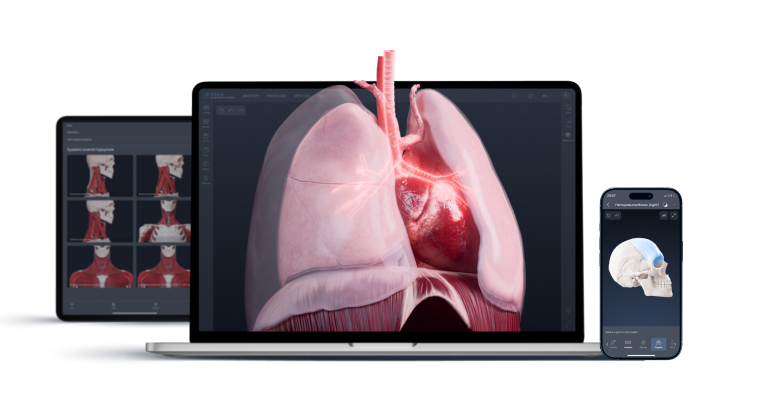Hepatic cirrhosis is a chronic liver disease characterized by the replacement of healthy liver tissue with scar tissue due to long-term damage. The scarring disrupts normal liver function, leading to complications like portal hypertension, liver failure, and ascites (fluid buildup in the abdomen). Common causes include chronic alcohol use, viral hepatitis (Hepatitis B or C), and non-alcoholic fatty liver disease (NAFLD). Symptoms may include fatigue, jaundice, easy bruising, and swelling in the legs. Management focuses on controlling the underlying cause and preventing complications, but liver transplantation may be necessary in advanced stages. Learn more with our 3D model of Hepatic Cirrhosis.
Show more Show less



